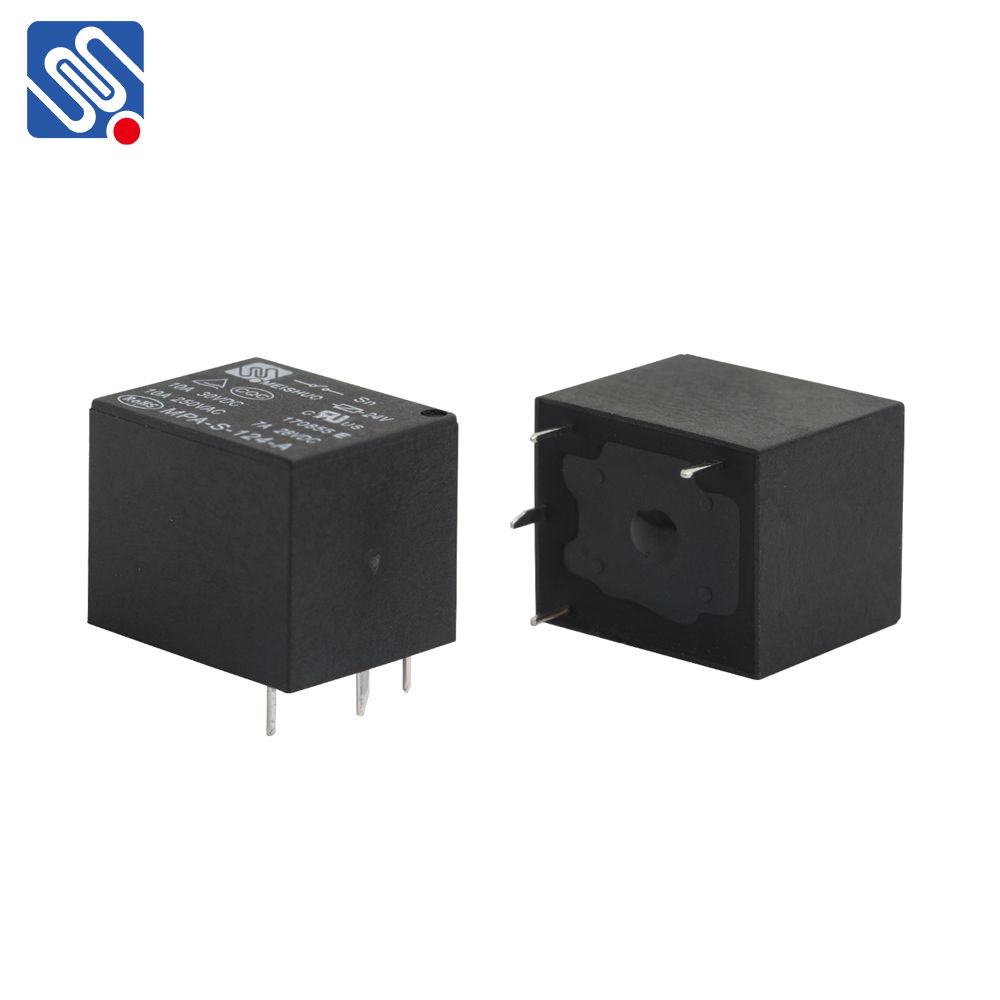Relay circuit design plays a crucial role in electrical and electronic systems. A relay is an electromechanical switch that allows one circuit to control another. By using a low-power signal to control the switch, relays enable the isolation of control and power circuits, making them ideal for various applications, from simple switches to complex automation systems. In this article, we will explore the principles behind relay circuits, the components involved, and the diverse applications they serve.

Principles of Relay Circuit Design A relay operates on the basic principle of electromagnetism. When an electrical current flows through a coil in the relay, it creates a magnetic field that pulls a switch mechanism, thus either opening or closing the contacts. This enables the relay to control a high-power circuit using a low-power input. Relays can switch between two states: Normally Open (NO) and Normally Closed (NC). In a Normally Open relay, the switch is open when the relay is de-energized, and it closes when the relay is energized. Conversely, in a Normally Closed relay, the switch is closed when the relay is not powered, and it opens when energized. This flexibility in operation makes relays highly adaptable for various purposes, such as switching high-power loads, creating time delays, or protecting circuits.